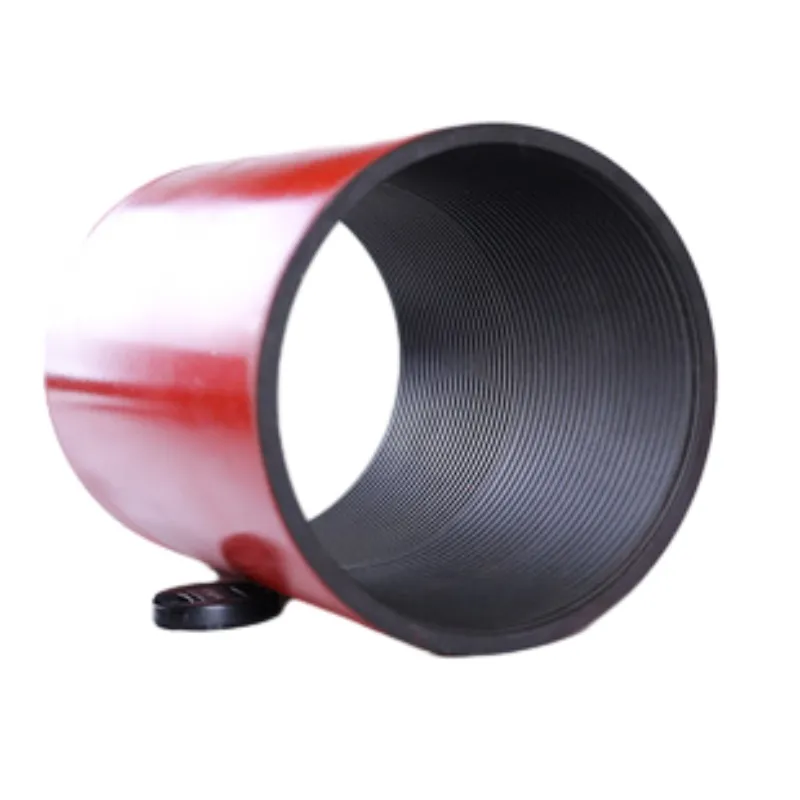- Afrikaans
- Albanian
- Amharic
- Arabic
- Armenian
- Azerbaijani
- Basque
- Belarusian
- Bengali
- Bosnian
- Bulgarian
- Catalan
- Cebuano
- Corsican
- Croatian
- Czech
- Danish
- Dutch
- English
- Esperanto
- Estonian
- Finnish
- French
- Frisian
- Galician
- Georgian
- German
- Greek
- Gujarati
- Haitian Creole
- hausa
- hawaiian
- Hebrew
- Hindi
- Miao
- Hungarian
- Icelandic
- igbo
- Indonesian
- irish
- Italian
- Japanese
- Javanese
- Kannada
- kazakh
- Khmer
- Rwandese
- Korean
- Kurdish
- Kyrgyz
- Lao
- Latin
- Latvian
- Lithuanian
- Luxembourgish
- Macedonian
- Malgashi
- Malay
- Malayalam
- Maltese
- Maori
- Marathi
- Mongolian
- Myanmar
- Nepali
- Norwegian
- Norwegian
- Occitan
- Pashto
- Persian
- Polish
- Portuguese
- Punjabi
- Romanian
- Russian
- Samoan
- Scottish Gaelic
- Serbian
- Sesotho
- Shona
- Sindhi
- Sinhala
- Slovak
- Slovenian
- Somali
- Spanish
- Sundanese
- Swahili
- Swedish
- Tagalog
- Tajik
- Tamil
- Tatar
- Telugu
- Thai
- Turkish
- Turkmen
- Ukrainian
- Urdu
- Uighur
- Uzbek
- Vietnamese
- Welsh
- Bantu
- Yiddish
- Yoruba
- Zulu
bull plug vs hex plug
Bull Plug vs. Hex Plug A Comprehensive Comparison
When it comes to plumbing and piping systems, various types of plugs serve critical roles in ensuring systems remain secure, leak-free, and efficient. Among the numerous plug types, the bull plug and hex plug stand out due to their distinct shapes and applications. This article aims to delve into the characteristics, advantages, and typical uses of bull plugs and hex plugs, enabling a clearer understanding of which might be the best fit for specific applications.
Understanding Bull Plugs
A bull plug is characterized by its rounded end and typically features a smooth exterior. This design allows for easy insertion into pipe fittings or ends. Bull plugs are commonly used in the plumbing industry to seal off ends of pipes in configurations where accessibility is important. They can be found made from various materials, including plastic, brass, and stainless steel, catering to different environmental conditions and corrosion concerns.
One of the primary advantages of bull plugs is their versatility. Their smooth, rounded design makes them suitable for various applications, such as irrigation systems, air conditioning units, and automotive systems. Additionally, bull plugs are quite straightforward to install, often requiring minimal tools. They can also be easily removed when access is needed, making maintenance more manageable.
Understanding Hex Plugs
In contrast to bull plugs, hex plugs are named for their hexagonal shape, which allows for a better grip and torque when tightening or loosening. Hex plugs are generally equipped with a threaded design, enabling them to fit snugly into the corresponding threaded sockets of pipes and fittings. This threading creates a tight seal, which is especially crucial in applications where the prevention of leaks is paramount.
Hex plugs are widely used in industrial applications, where strength and reliability are necessary. They are commonly found in plumbing systems, automotive applications, hydraulic systems, and even in oil and gas industries. The robust design of hex plugs makes them ideal for high-pressure environments, where a leak could result in significant damage or hazards.
Comparison of Functionality
When considering functionality, the choice between bull plugs and hex plugs often comes down to specific application needs. Bull plugs may be favored in scenarios requiring frequent access, as their smooth design allows for easier installation and removal. On the other hand, the hex plug’s designed grip and threading provide a secure and durable option for more permanent sealing solutions.
Leak prevention is another critical factor. Hex plugs excel in environments where higher pressure is present, thanks to their threaded design and the ability to achieve a tighter seal. For residential plumbing or lower-pressure scenarios, bull plugs may suffice due to their ease of use and accessibility.
bull plug vs hex plug

Material Considerations
Both bull and hex plugs are available in various materials, which can significantly influence their application
1. Plastic Often used for lower-pressure systems or temporary applications. They are lightweight, corrosion-resistant, and easy to install.
2. Brass A common choice for residential systems. It offers good corrosion resistance and strength.
3. Stainless Steel Ideal for industrial and high-pressure applications due to its exceptional strength and resistance to corrosion, making it suitable for harsh environments.
Choosing the Right Plug
When deciding whether to use a bull plug or a hex plug, consider the following factors
- Application Type Determine whether the environment is high-pressure or low-pressure, as this can influence the seal and effectiveness.
- Frequency of Access If frequent access is required, bull plugs may be more advantageous due to their ease of installation and removal.
- Material Needs Assess the surrounding environment and choose a plug made from a material that best suits the conditions, be it plastic, brass, or stainless steel.
In conclusion, both bull plugs and hex plugs have their own unique advantages and ideal use cases. By understanding their differences, you can make informed decisions, ensuring that your plumbing or industrial systems remain efficient and reliable. The choice ultimately hinges on your specific needs, from application type and accessibility to material preferences, making it essential to weigh all factors before proceeding.
-
Tubing Pup Joints: Essential Components for Oil and Gas OperationsNewsJul.10,2025
-
Pup Joints: Essential Components for Reliable Drilling OperationsNewsJul.10,2025
-
Pipe Couplings: Connecting Your World EfficientlyNewsJul.10,2025
-
Mastering Oilfield Operations with Quality Tubing and CasingNewsJul.10,2025
-
High-Quality Casing Couplings for Every NeedNewsJul.10,2025
-
Boost Your Drilling Efficiency with Premium Crossover Tools & Seating NipplesNewsJul.10,2025







